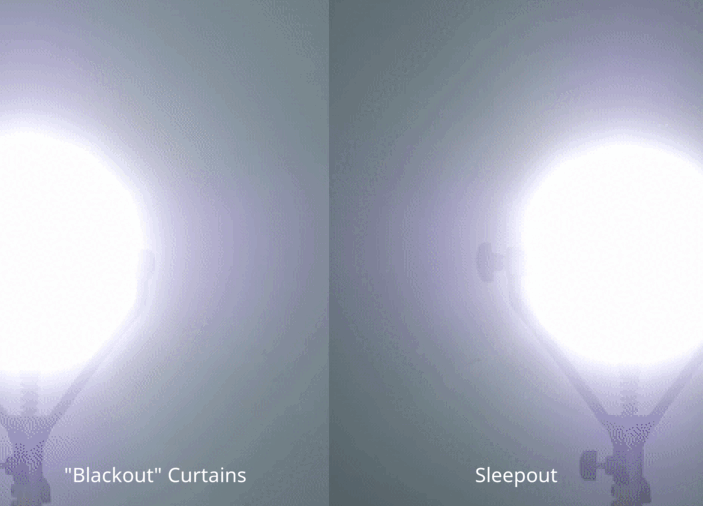When your baby is born, their sleep patterns can be as unpredictable as they are precious. New parents quickly realize that one of the key aspects to a smoother family life and a happy baby is helping their little ones develop good sleep habits early on. As infants grow, their sleep needs change, and mastering the transition from multiple short naps to fewer, longer stretches of sleep is crucial. This process, known as nap transition, involves helping your baby learn to connect sleep cycles effectively—something that can be made smoother with the right environment and practices, such as using blackout curtains like those from Sleepout Home Blackout Curtains.

Understanding Nap Transitions
Nap transitions typically occur at several key stages in a baby’s first years. Around the age of four to six months, babies often shift from four or five shorter naps to three longer ones. Around six to nine months, most infants transition to two naps, and by 12-18 months, they usually settle into one midday nap. These transitions are not just about reducing the number of naps but are crucial in helping babies extend the duration of each nap, which is essential for their development.
Why Connecting Sleep Cycles Matters
A sleep cycle for babies lasts about 30-50 minutes. As adults, we connect these cycles without waking. However, babies often need to learn this skill. Successfully connecting nap cycles helps prevent overtiredness, fosters better nighttime sleep, and promotes cognitive and physical development.
Creating the Ideal Sleep Environment
One of the most effective ways to encourage longer naps is to optimize the sleep environment:
- Darkness: Mimicking the nighttime environment helps signal to your baby that it’s time to sleep longer. Blackout curtains are particularly effective. They not only block out sunlight but also insulate the room from external noise and temperature fluctuations.
- Temperature: Keeping the nursery at a comfortable temperature (between 68-72 degrees Fahrenheit) can prevent your baby from waking prematurely.
- Quiet: A noise machine can help drown out the day-to-day noise of the house or street and keep sleep associations consistent no matter the time or place.

Implementing a Consistent Pre-Nap Routine
Just as important as the sleep environment is the pre-nap routine. This routine should be shorter than the bedtime routine but still include calming activities that signify to your baby that naptime is approaching. Consider including:
- A short book or quiet song
- A gentle rocking or cuddle session
- Dimming the lights and closing the blackout curtains
Paying Attention to Sleep Cues
Babies give signals when they're tired—rubbing their eyes, yawning, looking away from interaction—and it's crucial to catch these cues early. Timing is everything; missing the window can mean a missed nap or short sleep, forcing you to wait for the next cycle.
Practicing Patience and Consistency
Nap training, like any form of training, requires consistency and patience. It may take several days or even weeks for your baby to start connecting sleep cycles effectively. Consistently laying your baby down awake but sleepy, so they learn to self-soothe, can help facilitate this process.
Adjusting Expectations
Every baby is different, and so are their sleep needs and habits. Some might adjust to nap transitions more quickly than others. It’s important for parents to adjust their strategies and expectations according to their baby’s unique temperament and developmental stage.

When to Seek Help
If you find that your baby consistently struggles with naps despite your best efforts, it might be helpful to consult a pediatric sleep consultant. Specialists in infant sleep can offer guidance tailored to your baby’s needs.
Conclusion
Mastering the art of nap transitions is key to your baby’s health and happiness—and yours as well! By creating a conducive sleep environment using tools like Sleepout’s Home Blackout Curtains, maintaining a consistent routine, and learning to read your baby’s sleep cues, you'll be well on your way to getting your baby to nap like a champ!
Remember, while tips and products like those from Sleepout can greatly assist in the process, patience and consistency are your best assets in this important parenting journey.

